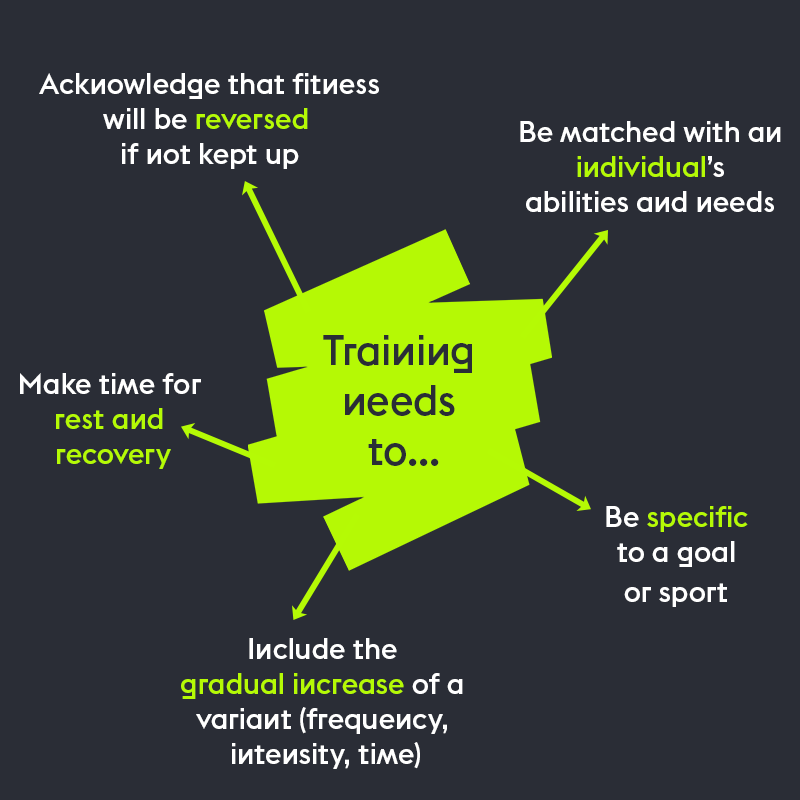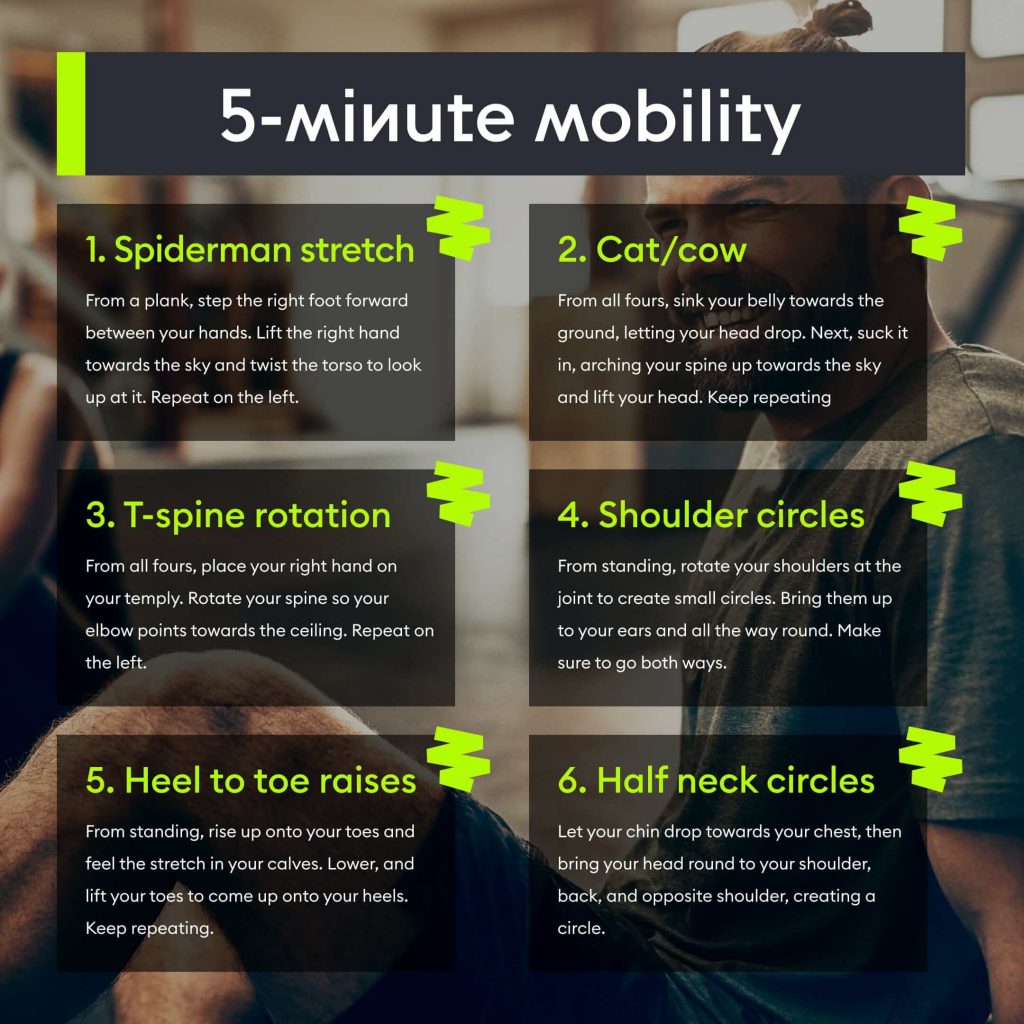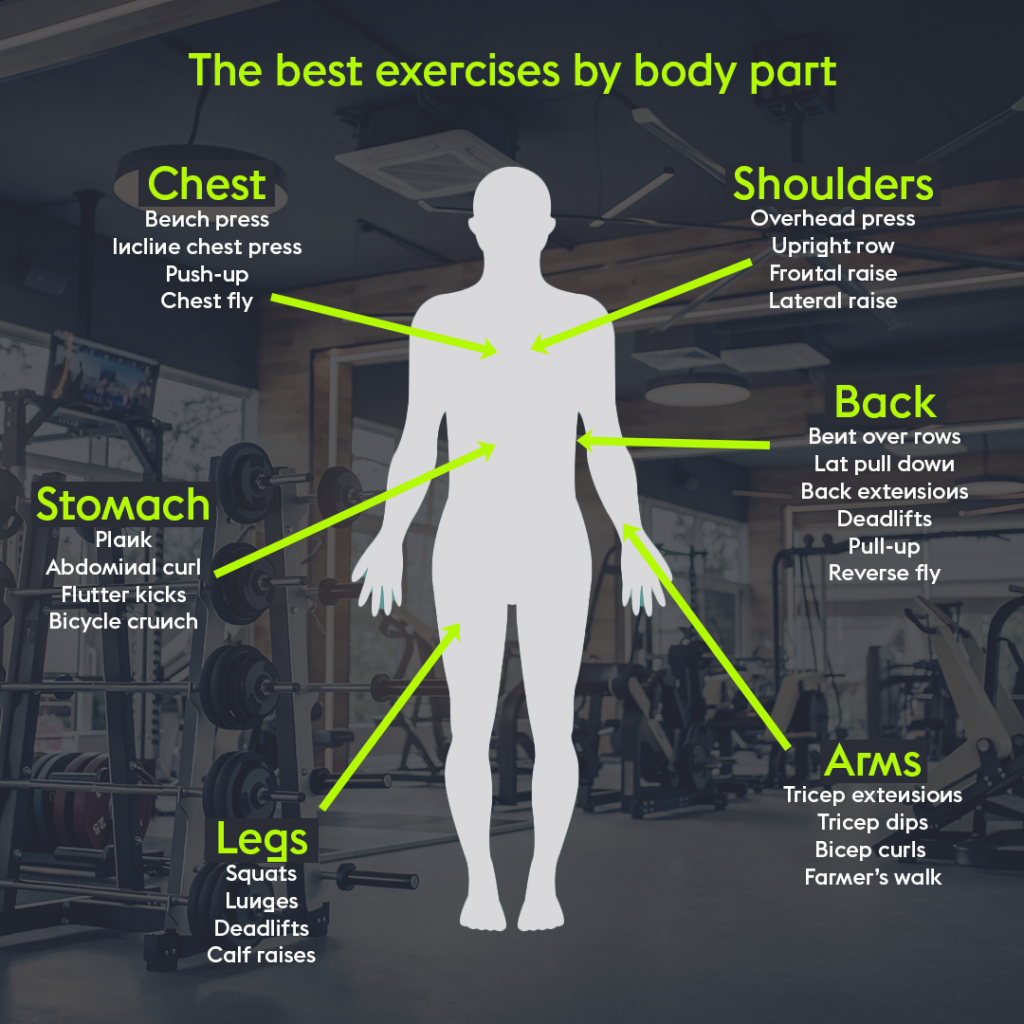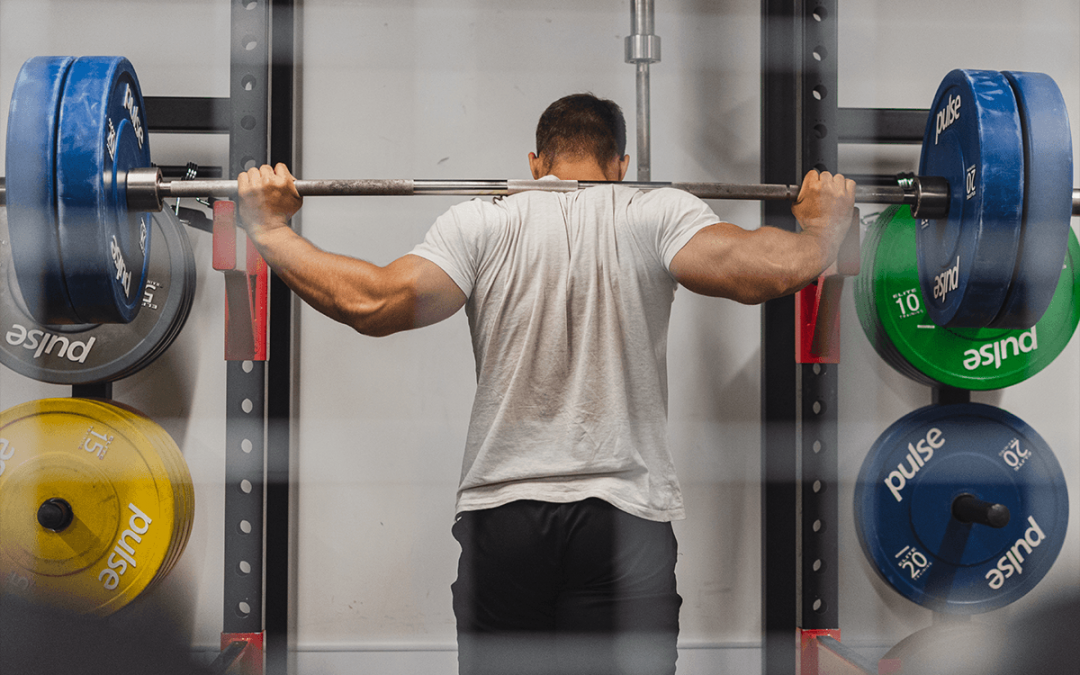For lots of us, lockdown made our usual fitness routines a little different. No longer able to access all the gym equipment like barbells, benches, resistance machines, and squat racks, we had to adapt our workouts to whatever we had at home. For the lucky few, that meant just a pair of dumbbells.
As much as we may have enjoyed the running, Yoga, and at home HIIT, it’s been pretty tricky to strength train in the same way as before. Without the heavy weights at our fingertips, maintaining the same strength levels we had before has been impossible. And that’s okay. There has been plenty of more important things to worry about.
But now the gyms are opening up again, and we’ll soon be able to get back to all that equipment. Being able to restart a fitness routine and a level of strength that we’re proud of is a motivation for many.
So, the eagerness is there, and the effort is ready to be put in. How do we go about building our strength back?
3 things to do before you get back to it:
1. Accept the change
If you had your pre-lockdown fitness routine nailed, losing significant strength and muscle mass during lockdown has been frustrating. It’s been hard to feel at your best during this time.
The first thing to recognise is that everybody has had the same struggle. Instead of obsessing over the mirror or the scale, congratulate yourself for getting through a pretty horrendous 12 months. Focus on feeling better physically rather than how you look. Although the latter will follow.
Remember, all physical states are only temporary, and what has been lost can be regained. Fitness will always ebb and flow. After a few months back in the gym, you’ll be able to do what you could before.
2. Understand what happens to the body
Building strength requires you to lift heavy weights. By definition, strength training is about exerting force.
When your muscles are trained to work against high levels of resistance, a couple of things happen. The first is within your nervous system. In a nutshell, the neural connections between your brain and your muscles get better, allowing you to exert more force. The second thing is muscle growth. You need more muscle fibres to lift more weight, so when you strength train, your body will adapt, and the size of your muscles will start to look bigger.
When you’re no longer using and training your muscles to the same extent, gradually, the neural connections will weaken. And those muscle fibres will no longer be required. As a result, your strength will decrease, and your muscles may reduce in size.
To develop your strength, you need to increase the maximum amount of weight you can lift for fewer reps. Aim for between 3-6 reps. Try not to exceed 8 reps if true strength is what you’re looking to build.
During your home HIIT workouts and bodyweight circuits, you might have been doing loads more reps. Perhaps up to 20 or so. This will have been a great test of your muscular endurance, kept you toned and lean, and improved your overall fitness. But, it won’t have been as effective in developing your strength.
To get something strength back in the gym, increase those weights and reduce those reps.
3. Know you’re not starting from zero
Whilst working out from home, you will have built or maintained a baseline level of strength. Even just using your body weight or a pair of dumbbells.
It might not be the same level you’re used to, but it doesn’t mean there’s nothing there at all. A push-up, for example, requires a degree of strength that not everybody has.
There’s also evidence to suggest that building strength back up to previous levels isn’t as tricky as it would have been the first time. It’s not a proven thing, but muscle memory theories can be used to explain why regaining strength is easier than building it for the first time because specific physical expansions remain in place.
Either way, you’re not starting from zero strength. You’ve maintained a certain level, and you’ve built strength before. So, you can do it again. It just takes time and patience. Oh, and some effort in the gym.
So, if you’re ready to get back to the racks and build your strength back up after lockdown, or you’re looking to get started for the very first time, we’ve got you covered. Here are some fundamental principles to follow that will help you maximise your efforts and make some progress:
7 things to remember when you’re trying to rebuild your strength
1. Be specific with what you’re doing.
One of the fundamental principles of any type of physical training is specificity. That means being really specific about what you want to achieve.
There are loads of different physical fitness components that you can develop, so pinpointing your goal first will help you get there much more efficiently.
Do you want to build strength? Do you want to increase the size of your muscles? Do you want to condition your muscles and build endurance in them? Although the training for these goals will involve some of the same things, they’re definitely not identical. If your fitness goals are specific, your training will need to be too.
It’s also okay not to know what your goal is. That can sometimes be the hardest part. Perhaps you just want to be fitter. To feel stronger. To be able to go for longer. To enjoy different types of exercise. Or to develop some muscle and get more of a toned appearance. Every fitness goal is a valid one. Just keep variety at the heart of what you’re doing and focus on consistency.
If strength training is what you’re after specifically, it means you want to improve the maximum force you’re able to exert. Know that going back into your training and focus on it. Get yourself over to those heavier weights.

2. Plan your progression
To progress and continue progressing, the stress you put your body under needs to keep increasing. Your routine needs to get harder. Fitness and strength plateaus can happen when you’re getting better at your workout, and it no longer tests you anymore.
Bodies are very good at adapting, meaning that you need to keep making it hard for yourself to see continued improvement and progress. That’s the only way to stimulate the physical changes that lead to improvements. Keep refining your routine.
Progressive overload describes the approach of gradually increasing the amount of stress the body is put under to increase muscle size, strength, and endurance.
If it’s muscle growth you’re after in particular, use weights within 60-80% of the maximum weight you can lift and aim for around 10 reps within each set. If it’s pure strength you’re after, use weights that are a bit heavier, within 80-100% of your maximum and aim for around 7 reps.
3. Rest and recover
Rule one for anyone looking to train their muscles is to understand the importance of recovery. During rest, your muscles repair and rebuild, and the effort you’ve put in is acknowledged. So don’t skip it.
During the first few weeks back in the gym, your muscles will need more recovery time than they might have done before. As your fitness builds, be gentle with your body and don’t push through periods of soreness. It might be frustrating, but taking it slow will get you further in the long run.
Before, you might have been able to strength train 4-5 days a week. Start back up again at 2-3 days and see how you get on. Your body will tell you if it needs to do more or less.
4. Get enough protein in
Protein is a fundamental macronutrient and makes up a large amount of the tissues in your body. Your muscles are tissues.
Getting enough dietary protein is essential to ensure that your body can carry out all of its normal processes. If you exercise, the body will need even more protein to repair muscle tissue damaged during your workout.
You need a net positive balance of protein. That means having enough to do all the different processes you’re asking your body to do, plus enough to repair exercise-induced muscle damage.
The average sedentary adult needs around 0.8g of protein per kg of body weight per day. If you exercise, this will increase to around 1.2g. Elite athletes need closer to 2.0g. Use these guidelines to make sure you’re getting enough.

5. Don’t neglect your mobility.
When you’re lifting weights regularly, it’s essential to pay particular attention to your mobility as well.
Having good mobility means being able to work through the full range of motion of a joint. When it comes to strength training, mobility allows you to lift with the complete and correct form. When you can do this, you can lift heavier without risking injury.
Make time for mobility-focused exercises and stretches to ensure you keep moving forward in your strength training.

6. Go for full body
Unless you have any particular imbalances that you’re looking to iron out, it’s crucial to make your training equal.
Attend to all the major muscle groups and don’t neglect anything. Working one muscle group more than another can leave you weak and susceptible to injury in neglected areas. There’s a reason behind the joke of never skipping leg day.
Centre your workouts around compound exercises. These are the ones that involve the movement of multiple joints and will target more than one muscle group simultaneously. This lets you be much more efficient about your exercise and helps you develop well-rounded strength across fewer sessions. There’s a reason squats, deadlifts, and bench presses are so popular—big movements with big impact.
You can still segment your training days into legs, shoulders and chest, back and arms, core, or however you want to break it up. But keeping compound lifts front and centre of your routine will make your efforts go further and help you avoid any significant imbalances in body strength. You can always top it off with accessory exercises if you feel like it.

7. Keep it flexible
Fitting fitness in can be more challenging than lifting those weights themselves. Life gets in the way of a lot.
Keeping a flexible fitness routine means it’s an easy thing to make time for. It shouldn’t have to be so hard.
This is where Hussle helps. Our Monthly+ Passes give you unlimited, multi-gym access to facilities all across the UK. Plus, you get digital fitness options included in your pass too. So, you can fit fitness in whenever and wherever suits you. Find out more on our site.



